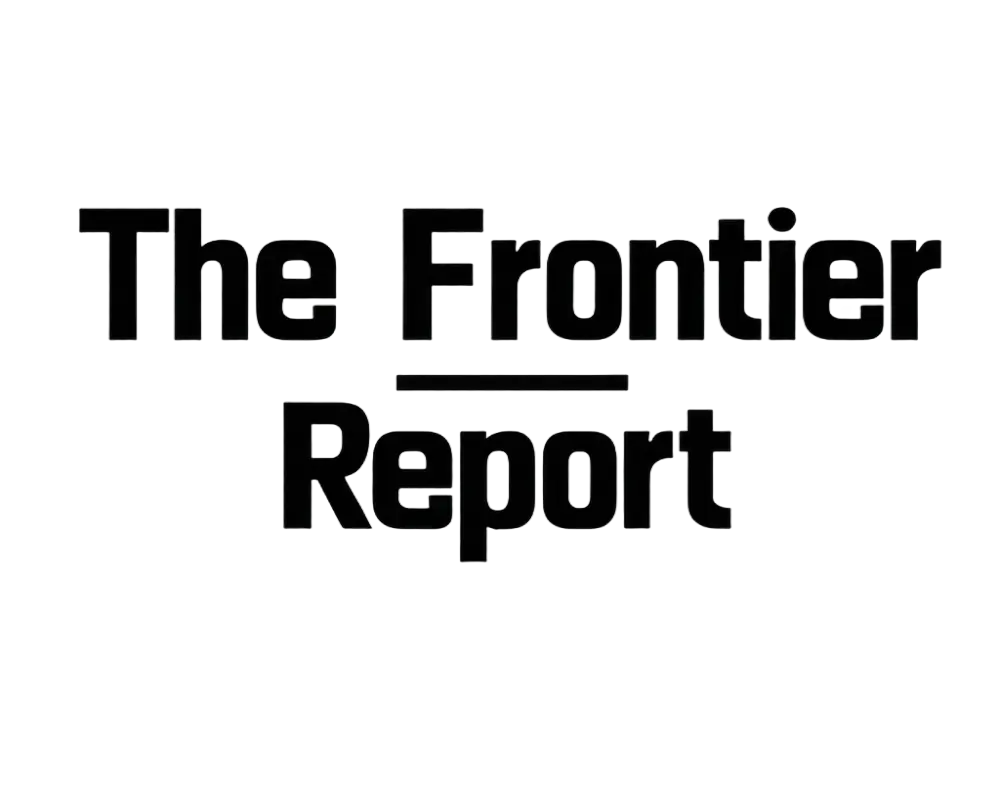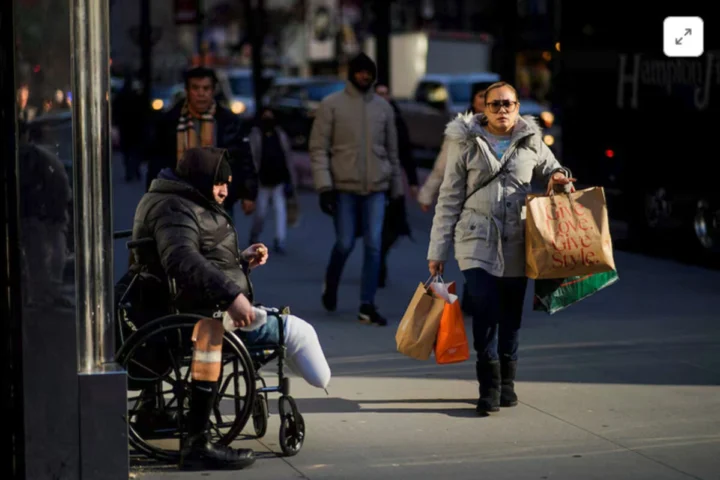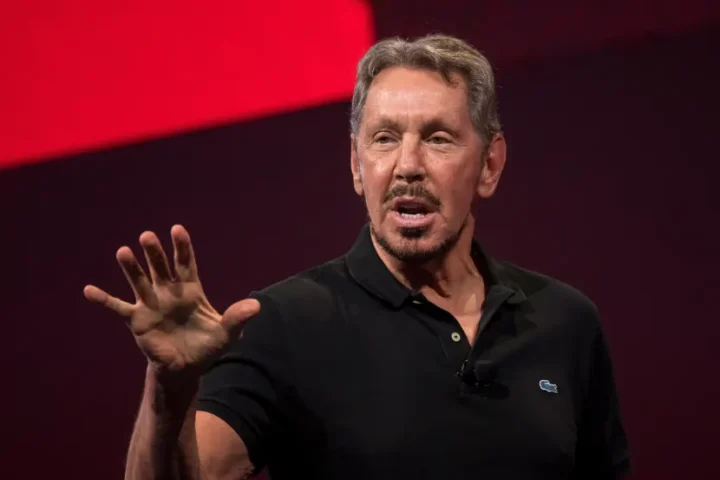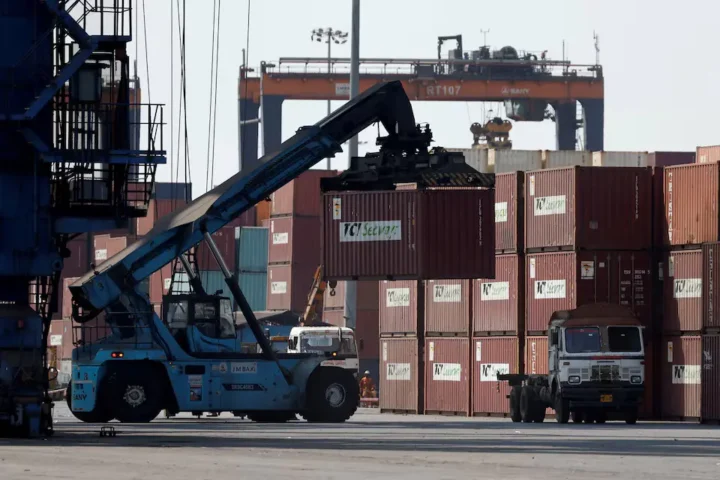May’s job numbers came in stronger than expected. On paper, it’s a win: 139,000 new jobs and unemployment stuck at 4.2%. But if you look past the headlines, the story’s a lot murkier.
What’s Working
Healthcare’s booming—62,000 new jobs last month. Hospitals, nursing homes, clinics… they’re all hiring like crazy. People are getting older, and they need more care. Simple as that.
Restaurants, hotels, bars—they added 48,000 jobs too. Summer’s coming, folks are traveling, and businesses are trying to keep up. Social services, like childcare and community support, added another 16,000.
And for once, wages actually outpaced inflation. Paychecks went up 0.4% in May, and 3.9% over the past year. People can finally breathe a little easier at the checkout line.
What’s Not
But here’s the weird part—while jobs grew in some areas, others are quietly falling apart.
The federal government slashed 22,000 jobs. Budget cuts, mostly. Manufacturing dropped 8,000, especially in car and machine factories—tariff chaos isn’t helping. And retail? Barely moved. Just 4,000 jobs. It should’ve done better heading into summer.
Then there’s this: more and more people are just… leaving the workforce. Not fired. Not laid off. Just gone. The share of adults actually working dropped to 59.7%. Labor force participation slid too, to its lowest point in two years. Over 400,000 people stopped looking. That’s the only reason unemployment didn’t shoot up.
The Quiet Collapse No One’s Talking About
There’s another jobs report—less famous, more honest. It’s the household survey, and it hit like a gut punch. It showed the country lost 696,000 jobs last month. Not gained—lost. Most of those were full-time.
That means a lot of people are shifting to part-time gigs, temp work, or just disappearing from the job market.
And those strong numbers we saw earlier this year? Turns out they were too high. The government quietly revised March and April job growth down by 95,000. Now the average over the past three months is just 135,000 new jobs. Last year it was over 250,000. That’s a big slowdown.
The Whispering Woods
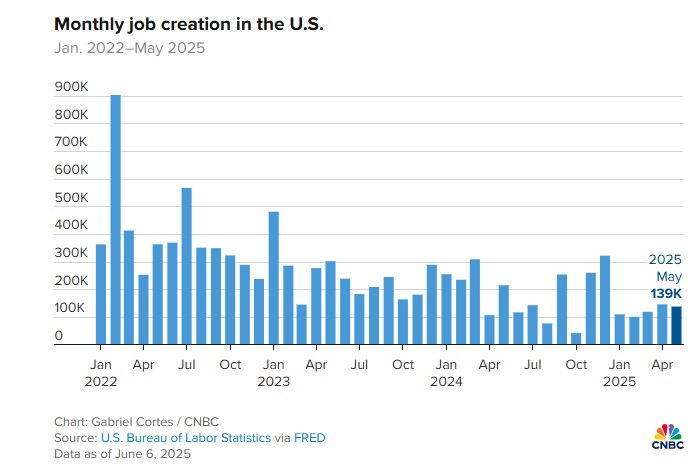
Tariffs, Fear, and Fewer Jobs
May’s job growth didn’t come out of nowhere. It happened in the middle of a storm—big policy changes, fast decisions, and businesses stuck trying to guess what’s next.
Tariffs Hit the Brakes on Hiring
The Trump administration dropped a wall of tariffs: 20% on Chinese goods, 25% on cars and steel, and a new 10% fee on imports from “strategic competitors.” The message? Tough on trade. The result? Hiring froze.
Factories and shipping companies slammed the brakes. “We’re not hiring anyone until we know what sticks,” said one auto supplier in Ohio. “One bad guess could wipe out our profits.”
The Fed noticed too. Despite strong job growth, they didn’t raise interest rates. “Jobs are solid, but tariffs mean inflation is a real threat,” a Fed official warned.
Who’s Winning—and Who’s Left Behind
This messy recovery has split workers into three groups:
Ghosts: Around 1.7 million working-age adults have quietly dropped out of the labor force since 2023. Many point to high childcare costs, health problems, or simply giving up after being offered too little.
Winners: College grads in healthcare, tech, and business services are still in high demand.
Losers: Young adults (20–24) saw jobless rates jump to 8.1%. Federal workers got hit by sudden layoffs.
A Strong Job Market That’s Starting to Wobble
This report shows a job market that’s both tough and steady. The jobs are still coming—but mostly in areas like healthcare and social work, where demand stays high no matter what the economy’s doing. That’s different from fields like manufacturing and exports, where policy and global trends hit hard and fast.
Unemployment staying near 4% for three years straight is no small thing. But the truth behind it? Fewer people are even trying to work, and the new jobs aren’t in places that grow the broader economy.
And it gets worse—tariff costs could push prices up 2.3% in the next few months. That’ll land hardest on families already living paycheck to paycheck. If their spending drops, job gains could stall right behind them.
What Now?
As one economist put it, “We’re tiptoeing between a soft landing and a crash we caused ourselves.” Jobs are still growing—for now. But the support holding it all up is uneven. Some folks are on solid ground. Others are barely hanging on.

